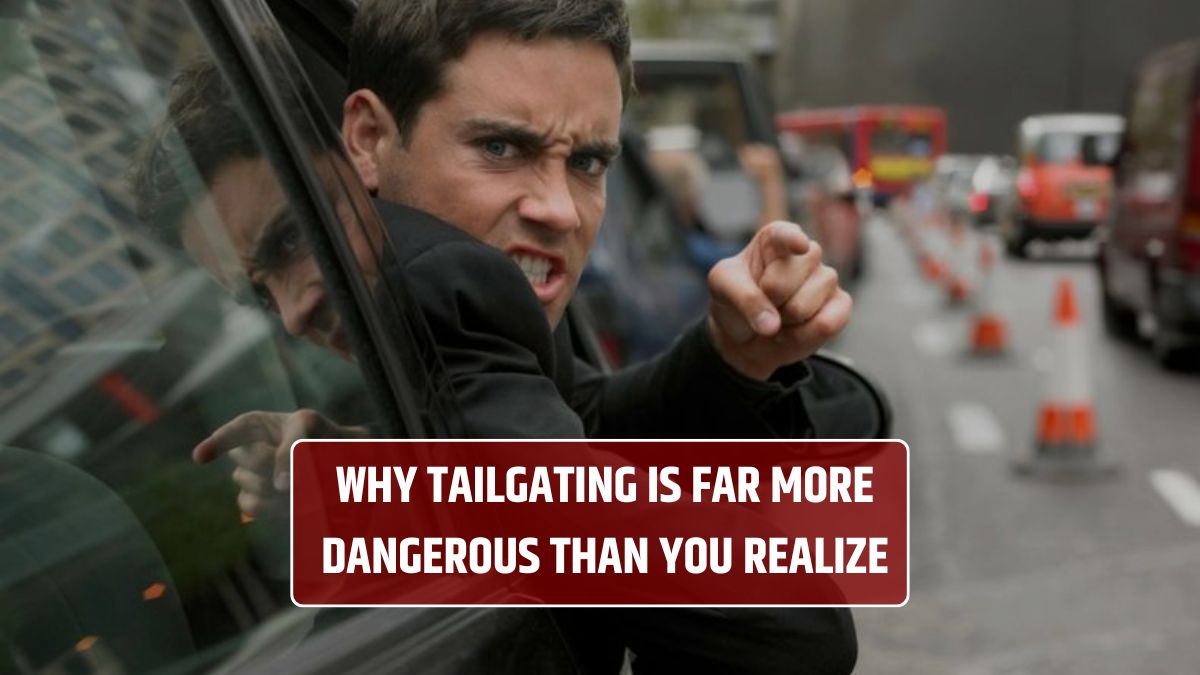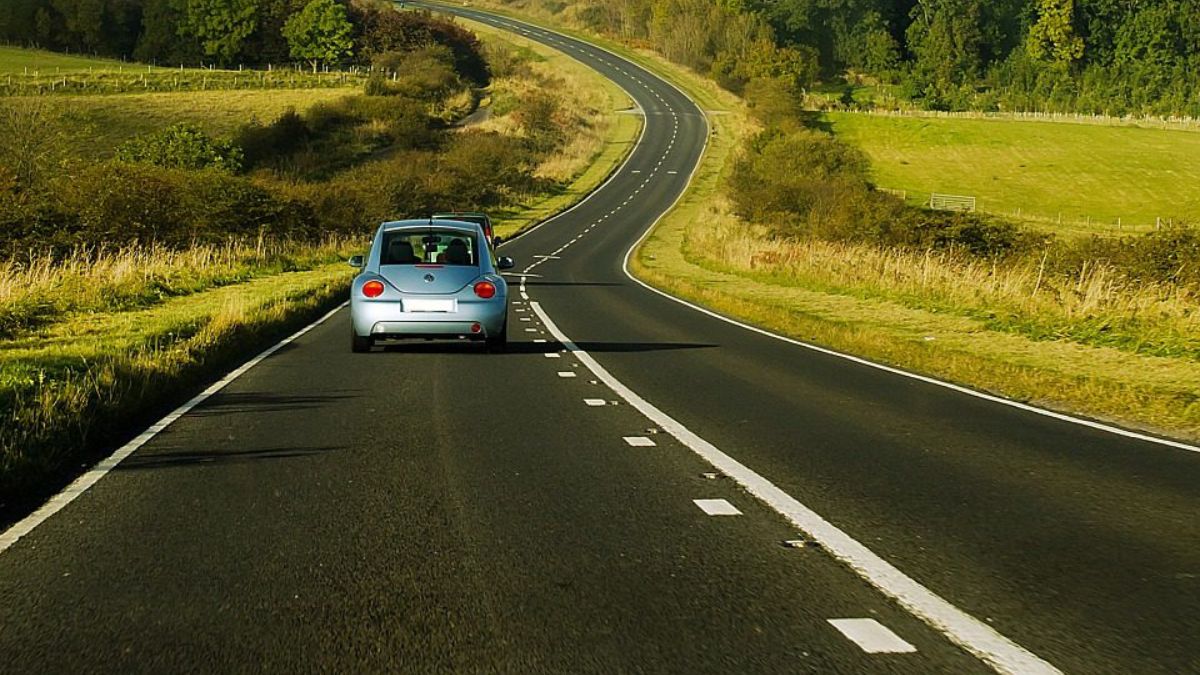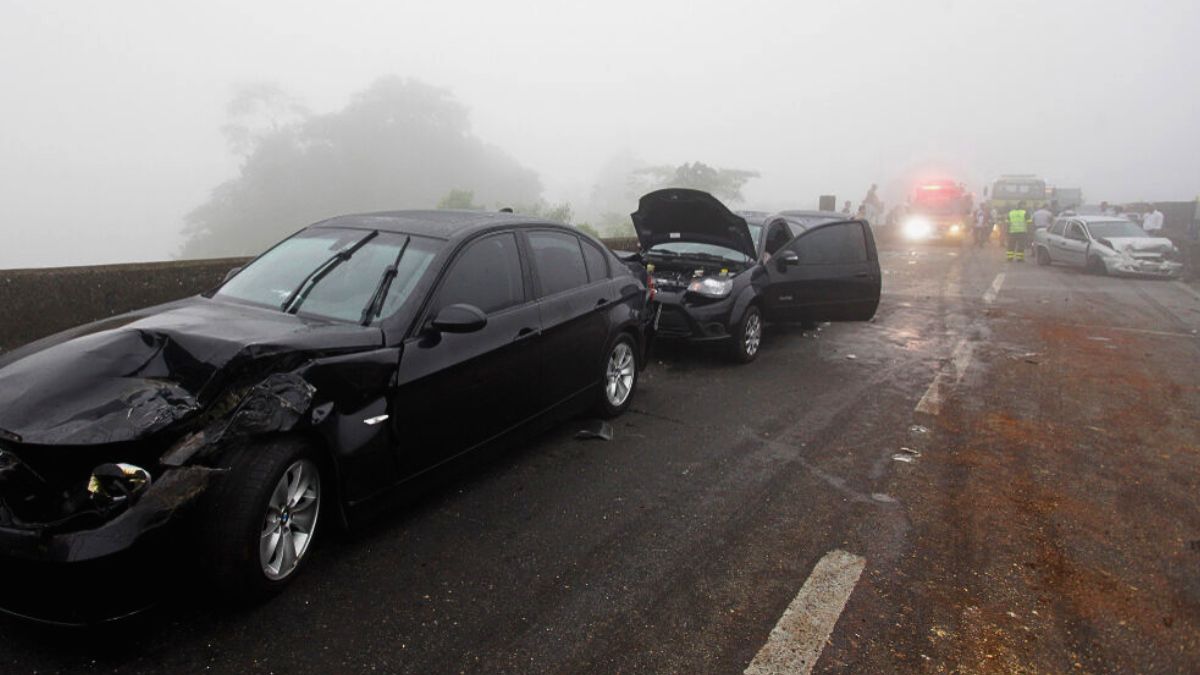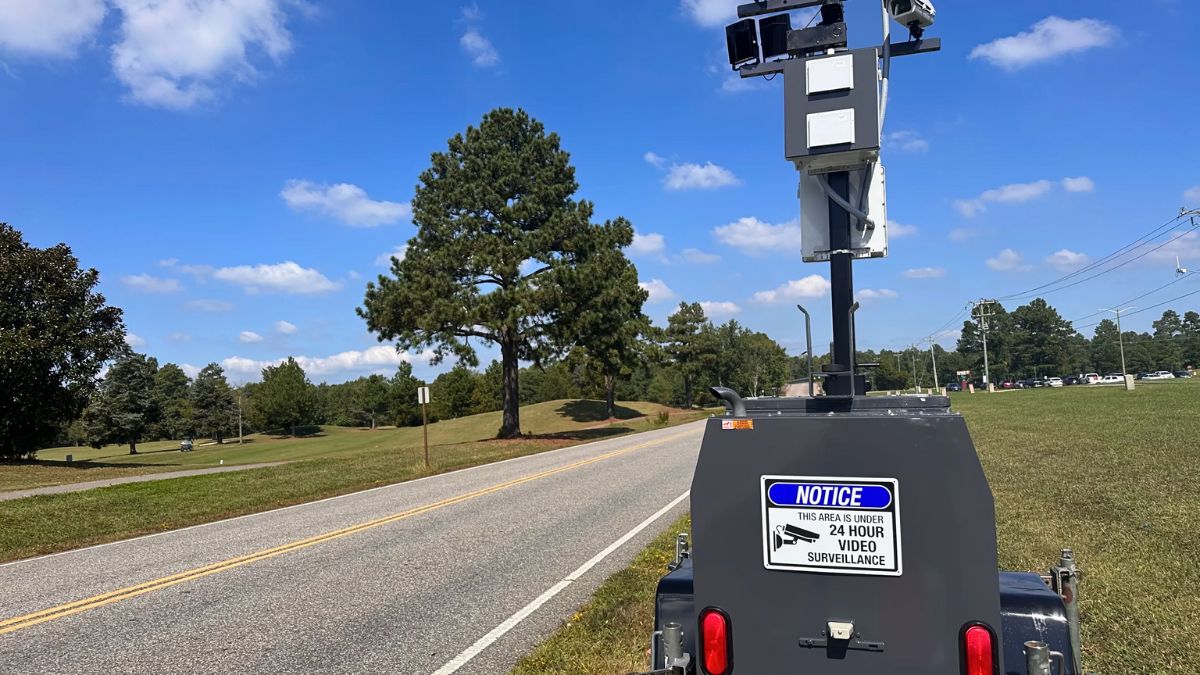Tailgating isn’t just annoying—it’s deadly. Whether someone’s riding your bumper or you’re following a little too closely yourself, this common driving habit is way more dangerous than most people think. What feels like saving a few seconds could end in a crash in the blink of an eye.
Let’s break down why tailgating is so risky, what causes it, and how to stop it before it becomes a real problem.
Definition
First things first—what is tailgating? It’s when a driver follows another vehicle too closely, often with less than a two-second gap. You’ve probably experienced it on the highway or in heavy traffic, especially when someone wants you to go faster or move over.
The National Highway Traffic Safety Administration (NHTSA) defines it as “aggressive driving behavior”, and it plays a role in thousands of rear-end collisions every year.
Risks
Here’s where things get real. Tailgating drastically cuts your reaction time. If the car in front of you slams on the brakes, you won’t have enough space to stop. Boom—instant rear-end crash.
Other dangers include:
- Chain reactions in heavy traffic, causing multi-car pileups
- Road rage incidents, especially if the front driver retaliates
- Increased injury risk, particularly at higher speeds
- Insurance penalties, as tailgating is often considered your fault
Check out this table on reaction times:
| Speed (mph) | Stopping Distance (feet) | Safe Following Distance |
|---|---|---|
| 30 | 75 | 2–3 seconds |
| 50 | 175 | 3–4 seconds |
| 70 | 315 | 4+ seconds |
At 70 mph, if you’re just one second behind someone—you’re not stopping in time.
Causes
Tailgating usually happens for a few common reasons:
- Impatience – Drivers feel others are too slow
- Aggression – Some use it as intimidation
- Distraction – Not realizing how close they are
- Lack of awareness – Drivers don’t know proper following distances
But here’s the thing: none of these reasons justify the risk.
Psychology
There’s a strange psychology behind tailgating. Some drivers believe it will pressure the car in front to move faster or change lanes. In reality, it often has the opposite effect—making the lead driver nervous, unpredictable, or even confrontational.
And when both drivers get emotionally involved, the risk skyrockets.
Prevention
Avoiding tailgating is simple, but it takes discipline. Here’s what to do:
- Use the 3-second rule: Pick a landmark. Count the time after the car ahead passes it—three seconds is the minimum at moderate speeds
- Slow down in bad weather: Add even more space in rain, snow, or fog
- Stay calm: If someone tailgates you, avoid slamming the brakes. Change lanes when safe
- Avoid cruise control in traffic: You may accidentally close the gap without noticing
If you’re always in a rush, try leaving earlier. Those few minutes won’t matter if you’re in a crash.
Legal
In many states, tailgating is illegal and ticketable. Police may cite you for following too closely, especially after a collision.
Fines, points on your license, and insurance rate hikes are just part of the fallout. In rear-end collisions, the rear driver is usually held at fault—so tailgating can hit your wallet just as hard as your bumper.
Tailgating is one of those habits that feels harmless until it’s not. With just a little patience and awareness, you can avoid becoming part of the problem—and protect yourself from someone else’s reckless behavior. Leave space, stay cool, and remember: arriving a minute later is always better than not arriving at all.
FAQs
What is tailgating in driving?
It’s following another car too closely.
Why is tailgating dangerous?
It reduces reaction time and causes crashes.
How far should I follow behind?
Use the 3-second rule—more in bad weather.
Is tailgating illegal?
Yes, in many states it’s a ticketable offense.
Can tailgating cause road rage?
Yes, it often triggers anger and unsafe actions.

















